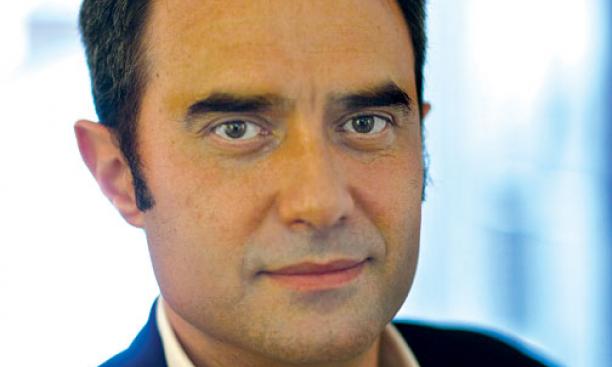

The University named architect and scholar Alejandro Zaera-Polo dean of the School of Architecture, effective July 1. Zaera-Polo, a visiting lecturer since 2008, succeeds Stan Allen *88, who is stepping down after 10 years as dean to return to full-time teaching and architectural design.
Zaera-Polo is “a world-renowned designer and critic” with “a commitment to being at the forefront of the ideas that will drive both the theory and practice of architecture in the future,” said President Tilghman.
Among his most notable projects is the award-winning Yokohama International Cruise Terminal in Japan, which won praise for its use of dramatic form and innovative materials.
The founder and principal of Alejandro Zaera-Polo Architecture, based in London and Barcelona, Zaera-Polo has served as dean of the Berlage Institute in Rotterdam. He graduated from the Escuela Tècnica Superior de Arquitectura de Madrid and holds a master’s degree in architecture from Harvard.
After the March 27 announcement, The Daily Princetonian reported criticism of the choice from some architecture graduate students, who wrote a letter to President Tilghman. The letter cited, among other issues, Zaera-Polo’s comments in an interview posted online in 2003 in which he was critical of graduate thesis projects. Tilghman met with some of the students, according to a University spokesman.
Responding in an email to PAW last month, Zaera-Polo said he looked forward to a dialogue with students so he could understand their specific concerns, and voiced support for the thesis, calling it “a distinctive part of [the architecture school’s] identity.” As for the decade-old interview, he said, “I always reserve my rights to throw away ideas when they are no longer useful.”
Discussing his plans as dean, he said, “I believe Princeton should not be a school that feeds the industry but that drives it, and the sort of students that I aim for should be able to start their own experimental practice” — one that challenges current ideas — “nearly straight out of school.” He added that he needs “to see the school from inside before being able to draw precise plans.”
